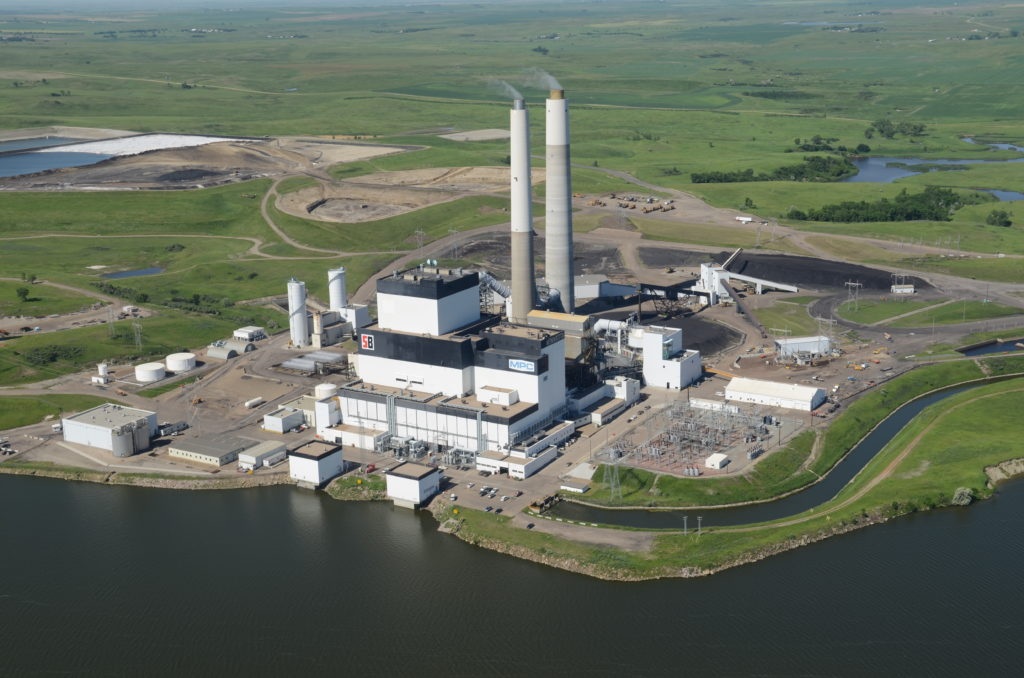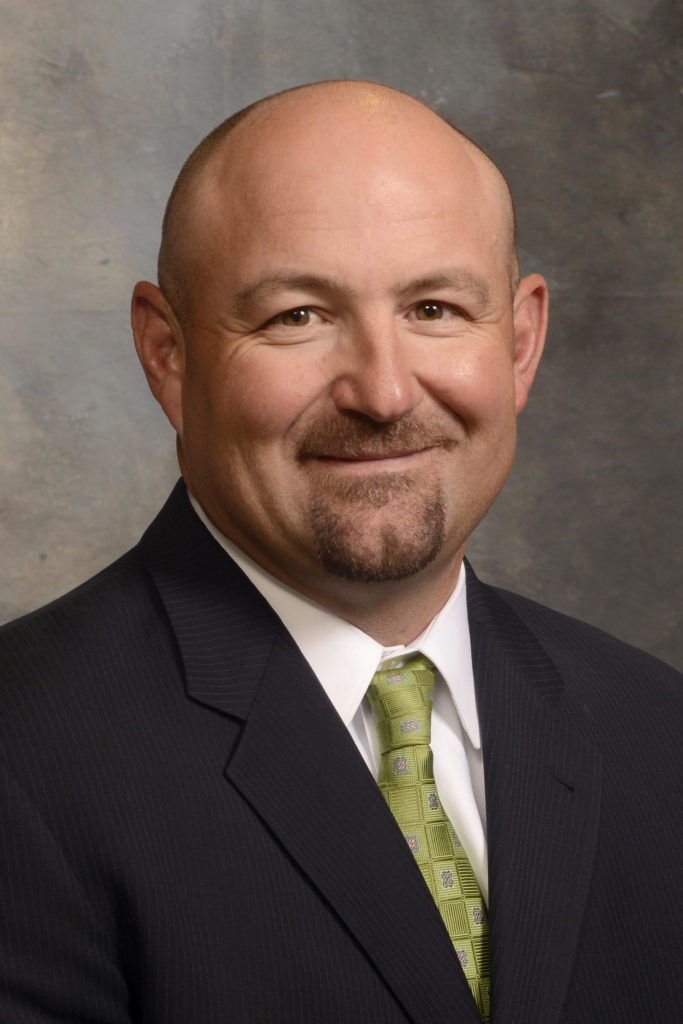
As the energy sector continues a rapid transformation, Congress has a vital role in ensuring rural and low-income consumers have access to reliable, affordable and clean energy, a North Dakota generation and transmission co-op CEO told a Senate panel Wednesday.

Mac McLennan, president and CEO of Minnkota Power Cooperative, urged members of the Senate Energy and Natural Resources Subcommittee on Energy to prioritize reliability and resiliency in the wake of power stability issues across the country.
“It is an exciting time for our industry, but it can also be daunting,” he said. “We all want to push for it to be a better product—more reliable, more resilient, affordable for every household and as clean as possible.”
Co-ops, policymakers and regulatory agencies need to work together to achieve those goals, McLennan said.
“If we make mistakes or missteps during the energy transition, they can prove extraordinarily difficult to reverse,” he said.
More than 40% of Minnkota’s power comes from carbon-free sources such as wind and hydropower, but coal continues to be a crucial part of the mix, McLennan said. The G&T supplies power to 11 distribution co-ops and several cities in North Dakota and northwestern Minnesota, serving about 160,000 consumers.
“Although we have added a significant amount of renewable energy over the last 15 years and have been recognized nationally as leaders in renewable energy development, coal remains a critical resource to ensure the reliability of the electric grid,” McLennan said.
“Harsh winters in the Upper Midwest can and do severely limit the ability of renewables to operate for extended periods of time. During the recent polar vortex events in 2014, 2019 and 2021, Minnkota received almost no production from our wind facilities for multiple days. At temperatures of negative 30 degrees, the absence of reliable power is life-threatening.”
Minnkota recognizes the need to continue to reduce carbon dioxide emissions, McLennan said. The co-op is evaluating Project Tundra, an effort to install carbon capture technology at its coal-fired Milton R. Young Station power plant near Bismarck, North Dakota.
“Project Tundra is designed to capture 90% of CO2 emissions from the flue gas—which equates to 4 million tons per year and is the equivalent of permanently taking 800,000 gasoline-fueled cars off the road,” he told the senators. “The CO2 would be safely stored more than one mile underground near the plant’s site.”
Congress can help support Project Tundra and other carbon capture technologies through passage of the Carbon Capture Modernization Act, McLennan said. The bill would make it easier for electric cooperatives to access incentives to retrofit coal plants with technologies that capture carbon dioxide emissions.
He also asked senators to back the Carbon Capture, Utilization, and Storage Tax Credit Amendments Act, which would allow co-ops to receive direct-pay incentives for installing carbon capture systems.
“Congress could further support carbon capture projects around the country by funding CCUS deployment, particularly power sector carbon capture commercialization and demonstration projects, at full levels authorized in the Energy Act of 2020,” McLennan said as he testified virtually from Grand Forks.
Lawmakers also could boost carbon capture projects by approving the Storing CO2 and Lowering Emissions (SCALE) Act, which would help overcome barriers to CO2 pipelines, storage and permitting, he said.
Erin Kelly is a staff writer for NRECA.